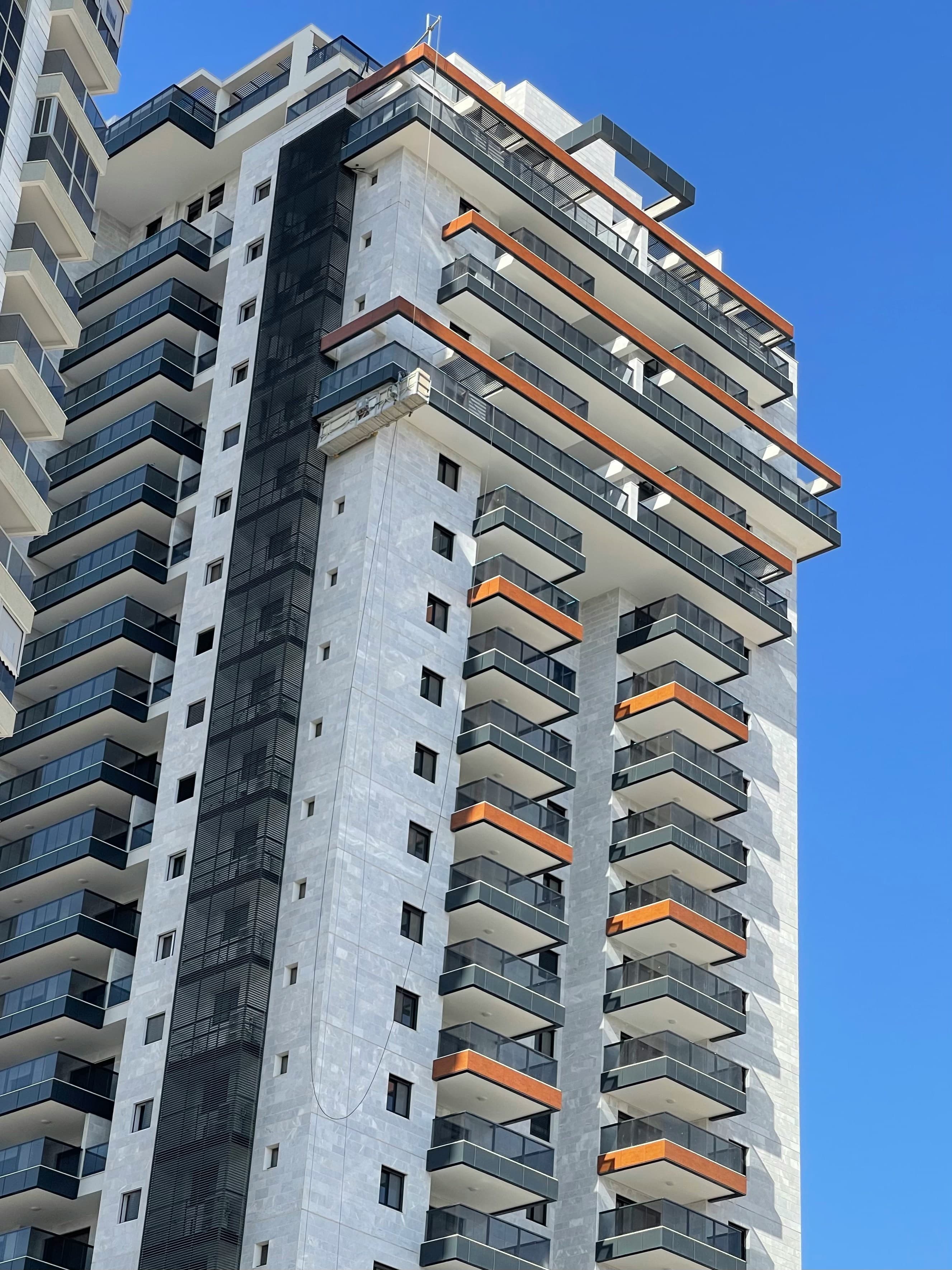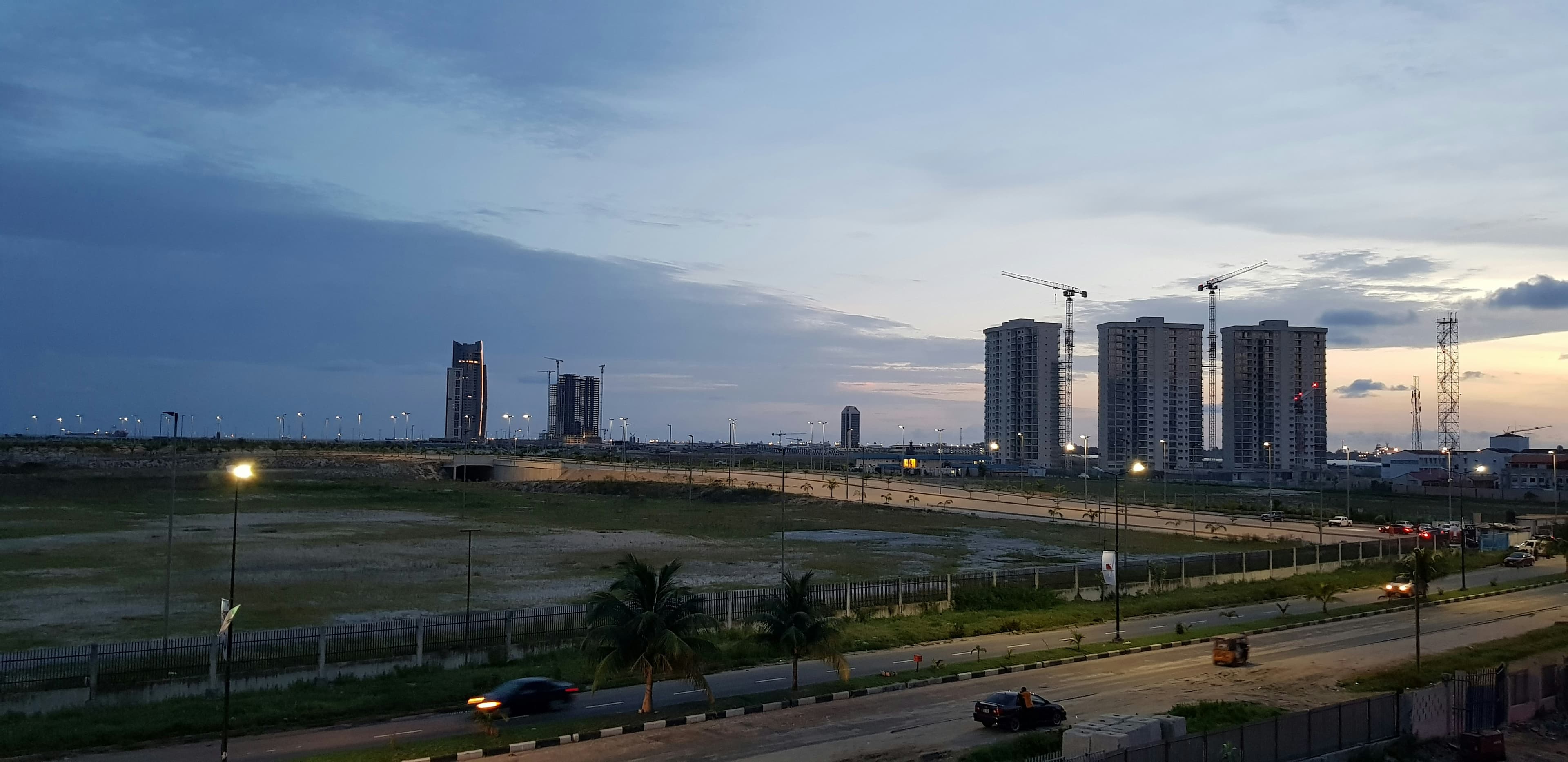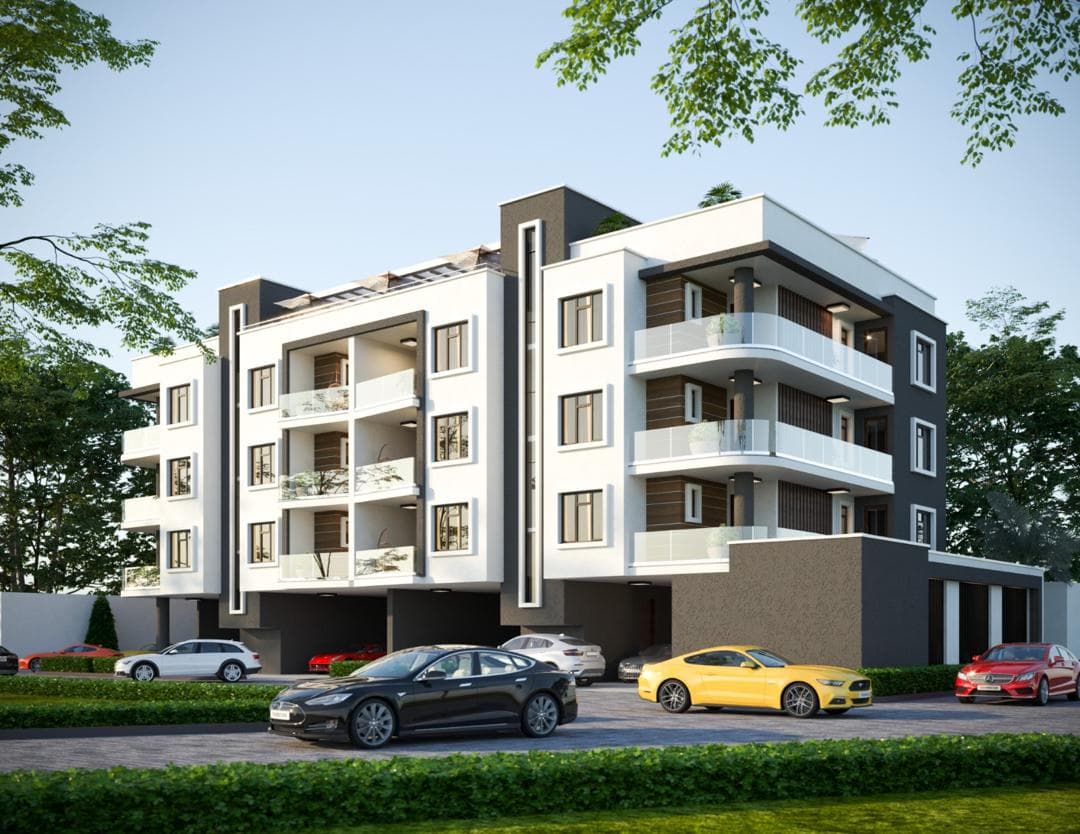Maximizing Rental Yield on Lagos Properties

Maximizing Rental Yield on Lagos Properties
The Lagos property market continues to offer attractive opportunities for investors, with potential annual rental yields ranging from 4% to 8% depending on location and property type. This guide explores practical strategies to optimize your rental yield and maximize returns on your Lagos property investments.
Understanding Rental Yield in the Lagos Context
Rental yield is the annual rental income as a percentage of the property's value. In Lagos, several factors influence this important metric:
- Location premium: Properties in prime areas like Ikoyi, Victoria Island, and Lekki Phase 1 command higher rents but also have higher acquisition costs.
- Property type differential: Apartments typically generate higher yields than standalone houses in the same area.
- Amenities impact: Features like 24/7 power, security, and recreational facilities justify premium rents.
Strategy 1: Target High-Yield Neighborhoods
Some Lagos neighborhoods consistently deliver stronger rental yields than others:
- Yaba and Surulere: Popular with young professionals and students, these areas offer yields around 6-7%.
- Lekki Phase 2: More affordable than Phase 1 but still attractive to upwardly mobile professionals, with yields of 5-6%.
- Gbagada and Ogudu: Emerging rental hotspots with improving infrastructure and yields of 5-7%.
Strategy 2: Property Type Selection
Choose property types that historically deliver higher returns:
- 2-3 bedroom apartments: The sweet spot for many Lagos tenants, balancing affordability with space.
- Studio apartments near commercial hubs: These attract young professionals and can generate yields up to 8%.
- Serviced apartments for short-term rentals: With proper management, these can outperform traditional long-term rentals by 30-50%.
Strategy 3: Strategic Renovations and Upgrades
Targeted improvements can significantly increase rental value:
- Power solutions: Reliable inverter systems or solar installations can justify rent premiums of 10-15%.
- Security enhancements: CCTV, access control, and perimeter security are highly valued by tenants.
- Modern kitchens and bathrooms: These high-impact renovations typically deliver the best return on investment.
Strategy 4: Effective Property Management
Good management practices directly impact your bottom line:
- Tenant screening: Finding reliable, long-term tenants minimizes costly vacancies.
- Proactive maintenance: Regular upkeep prevents small issues from becoming expensive problems.
- Annual rent reviews: Ensure your rental income keeps pace with market rates and inflation.
Strategy 5: Consider Mixed-Use Properties
Properties with both residential and commercial components can provide more stable income:
- Ground floor shop with residential upper floors: Commercial tenants typically sign longer leases and accept higher annual increases.
- Home office configurations: Properties that facilitate work-from-home arrangements command premium rents in the post-pandemic market.
Strategy 6: Optimize Operating Costs
Reducing expenses directly improves your yield:
- Energy efficiency measures: LED lighting, energy-efficient appliances, and water-saving fixtures reduce utility costs.
- Preventive maintenance scheduling: Regular servicing of systems prevents costly emergency repairs.
- Service charge management: For apartments, ensuring efficient building management keeps service charges reasonable.
Conclusion: Building a Profitable Lagos Property Portfolio
Lagos presents diverse opportunities for property investors seeking strong rental returns. By selecting the right locations and property types, making strategic improvements, and implementing effective management practices, investors can achieve rental yields that significantly outperform many alternative investment options.
The key is approaching property investment with careful research and a clear strategy tailored to the unique characteristics of the Lagos market. With the right approach, rental properties can provide both attractive ongoing income and long-term capital appreciation.


